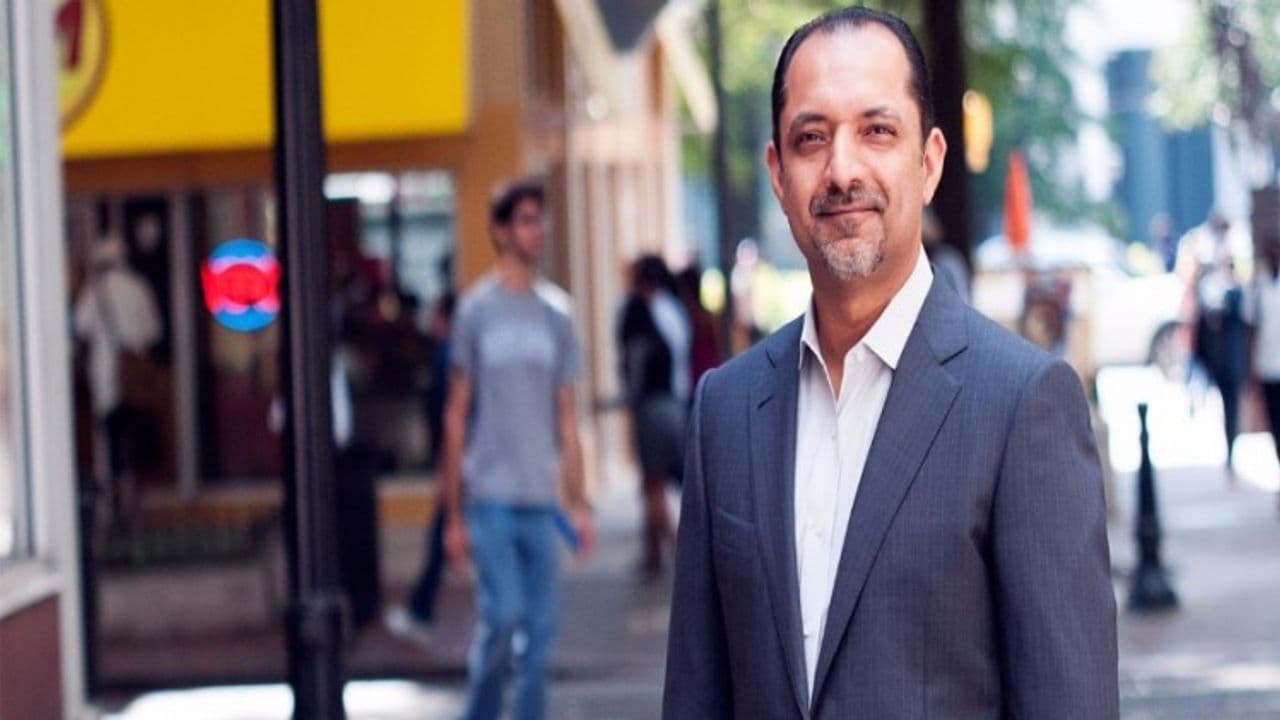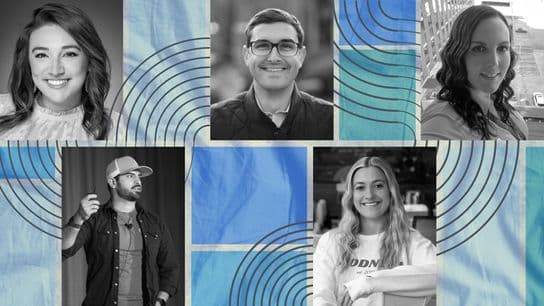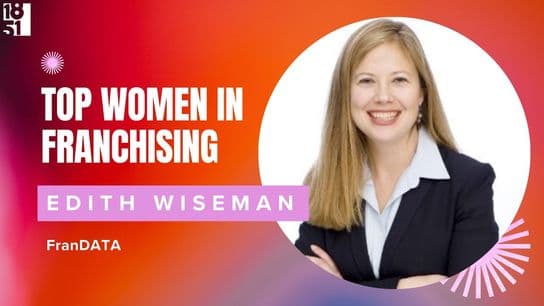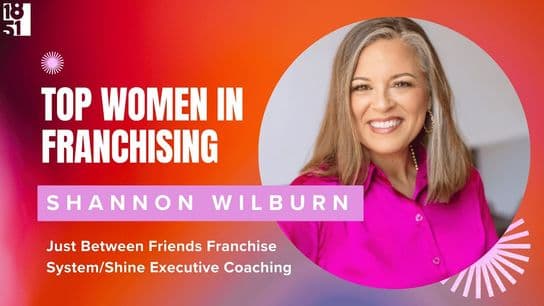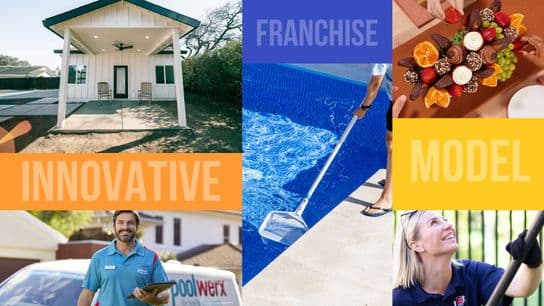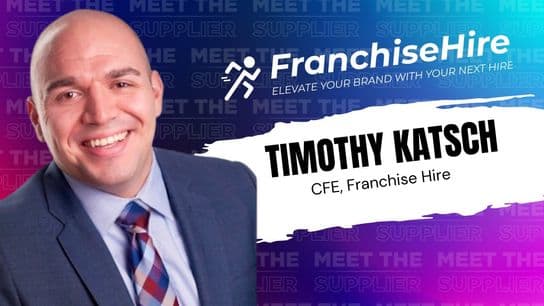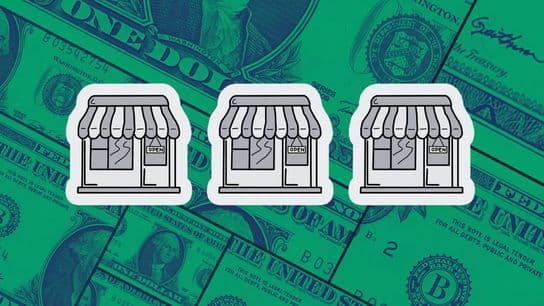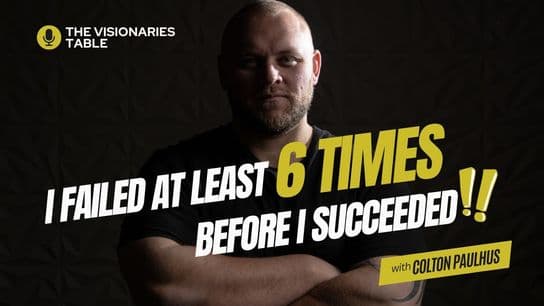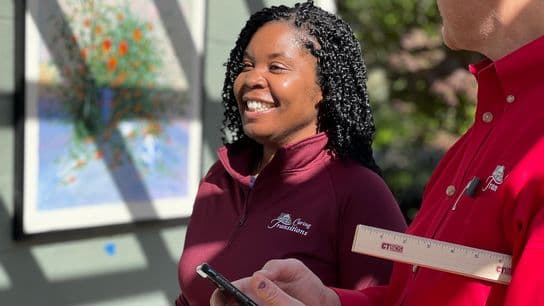Franchisee to Franchisor: What I learned as a franchisee that helped me become a franchisor
Three franchisors share their path and lessons learned
Everyone’s story on how they got involved in franchising varies, but once each person that 1851Franchise.com connected with for this story found success as a franchisee, they were hooked and elevated their career to become a franchisor. 1851 caught up with Anand Gala of the Gala Corporation, Aziz Hashim of NRD Capital and Robert Lee of Coolgreens to learn their stories and share how they each found success within franchising.
“It was a reluctant career. My family had gotten involved in franchising in the early 80s, and I had the luxury or the curse of growing up in a family business that happened to be in the franchise restaurant business. I went to work at and grew up with the restaurant around me, so it became second nature,” said Anand Gala, the Founder, President and CEO of Gala Corporation, a diversified holding company with operations in consulting, restaurant development and management, and real estate development and investment.
Gala had originally planned to become a doctor, but he was drawn to the family business because it felt natural and intuitive. Aziz Hashim, the Founder and Managing Partner of NRD Capital (NRD), the first business fund both sponsored and managed by a former multi-unit franchisee, had originally planned to become an electrical engineer. He also fell into franchising by accident, having worked in the QSR industry in his teen and college years.
“After graduating as an electrical engineer, I quickly discovered that my passion lay in the franchise industry rather than in engineering. Once I began down the path of owning my own franchise business, I never looked back,” said Hashim.
Robert Lee on the other hand always had an entrepreneurial mindset, having started a car dealership before opening a salon suites brand. He’s now the CEO of Coolgreens, a down-the-line fresh, naturally sourced food concept that offers signature soups, salads, wraps, bowls and flatbreads made in-house daily.
“As a franchisee, I received training and procedures from the franchisor. I learned that I needed to engage in local marketing, and that strong and clear communication between the franchisee and franchisor is key,” said Lee. “I saw that a system existed, but how it needed to be executed needed to be translated through a solid franchisee and franchisor relationship. I decided to become a franchisor because I saw an opportunity with Coolgreens to foster healthy lifestyles and drive a community to become healthier. I saw an opportunity to bring that idea to other markets and to provide franchisees with the best practices to implement a strong franchisee and franchisor relationship.”
Hashim took a different path, focusing on multiple brands and industries, taking his personal background as a successful franchisee and teaching others how to succeed.
“Through good mentorship over the years, I learned that to be successful, one had to diversify. For me, diversification took the form of multi-unit growth, then multi brand, followed by multi-state, then multi-sector and finally multi-national operations,” Hashim said. “After doing all that, I realized that all of it was really still in the royalty paying or franchisee side of the business. So, the final step was to be invested in the franchisor side, but I quickly found that there were limited pathways for that. Other than buying stocks in publicly traded franchisors, there was no easy way to get into the franchisor side other than by buying a franchisor. But, buying one franchise brand didn’t seem to me to be that interesting so I decide to launch a private equity fund that would invest in several brands and across sectors and the globe. In other words, the fund would create, at scale, on the franchisor side what I had done on the franchisee side, but quicker.”
Hashim saw an opportunity by focusing on unit level profitability. He felt that if large multi-unit franchisees came together and pooled resources to take positions in brands that they, as operators, understood as being risks for them at the franchisee level, then those brands would result in faster growth rates. With this plan, Hashim knew it would provide some diversifications for the franchisees that invested in their fund since some of their wealth would be in the royalty collection or franchisor side of the business while prospective franchisees could benefit from knowing that NRD sponsored brands would have good unit economics and would be a better franchise investment choice for them.
As Hashim focused on unit economics and Lee focused on the franchisee and franchisor relationship, Gala saw an opportunity for himself and his organization to take what they’ve learned and take what they think applies best to adolescent brands. He knew he had the experience to help them grow faster, accelerate their learning curves, review if they have the right people in the right roles, and look how they can supplement them by taking advantage of systems, processes and third party solutions to bring these brands to a faster rate of growth and to serve their franchises in a way that they typically wouldn’t be able to do until they doubled or tripled in size. He felt that he and his team was capable of helping them learn at a faster rate to deliver support and services to make franchisees stronger, more profitable, and to create an overall healthier system.
“One of the most important lessons I learned was to never underestimate the value of people,” Hashim said. “That applies to all levels of people in an organization. Don’t underestimate the value of the franchisee, don’t underestimate the value of a team member, don’t underestimate the value of people around you or people you work for. If you don’t ask or participate, opportunity might not come your way. You have to be proactive in achieving what you need to achieve. The more you can get people around you involved and engaged, the better result you will get no matter how much you think you’ve figured it out. People may have better ways to help fix a problem. Franchisees are great business people, great leaders looking for al little inspiration and a little leadership. They’re ready to get to work, so don’t underestimate what they bring to the table.”
Regardless of each person’s path or specialty, a main takeaway in the franchising world is to find a mentor, learn from other people’s mistakes, and to always be open to learning and growing. None of these franchisors had planned their destiny, but through hard work and a passion for franchising, they’ve all become industry leaders.
